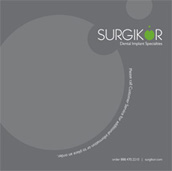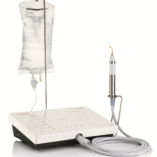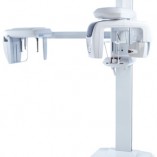Sometimes it is valuable to highlight scientific studies that underscore the value of our products, even if they may be technical in nature.
This is one of those times. If you are an oral surgeon or an expert in dental implant procedures, you should be able to follow this article. If not, you just can skip to the abstract, which describes a clear success rate for allograft materials in a variety of approaches for maxillary reconstruction:
The patients were submitted to reconstruction of maxilla, using allogeneic bone grafts, in 3 different techniques: onlay grafts for lateral ridge augmentation, onlay and particulate bone for sinus lift grafting, and particulate alone for sinus lift grafts. Clinical and radiographic control was done at the postoperative phase for at least 8 months, until the patient could be submitted to the installation of dental implants. The results showed success in the majority of the cases, and dental implants could be installed. This can be considered an excellent alternative when compared with the use of autogenous grafts; because handling is easier, there is a great amount of material available and a possibility of using local anesthesia, and consequently there is a reduction of patient morbidity.
In English, this means that allografts (also known as allogeneic bone grafts) showed great promise and results in helping to increase bone mass and stability in advance of a dental implant procedures. The success of this particular material is good news, as its ready availability and safety are by now well-established.
If you’d like to secure allograft materials or any other bone grafting material for dental surgery, please visit our online store today.






